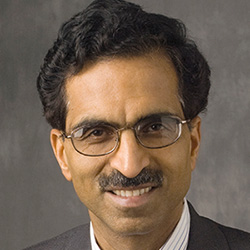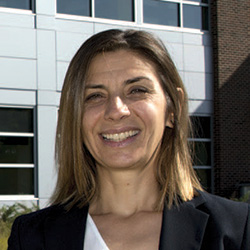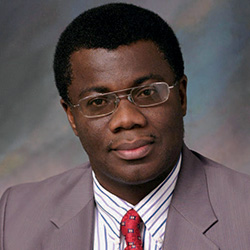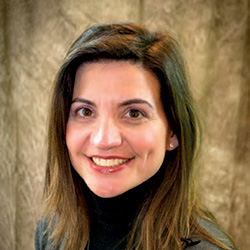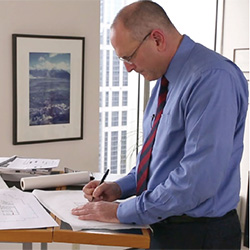Head's Message
Civil engineering is widely regarded as a foundation of human society. While I certainly believe this to be true, I do not think it accurately portrays our study and practice. Just as it has influenced our past and present, civil engineering has guided humanity into the future. And here at the Lyles School of Civil Engineering, our students, faculty and staff are continually researching to find the next innovation, the next discovery that will drive our society, and our discipline, into the next century.


